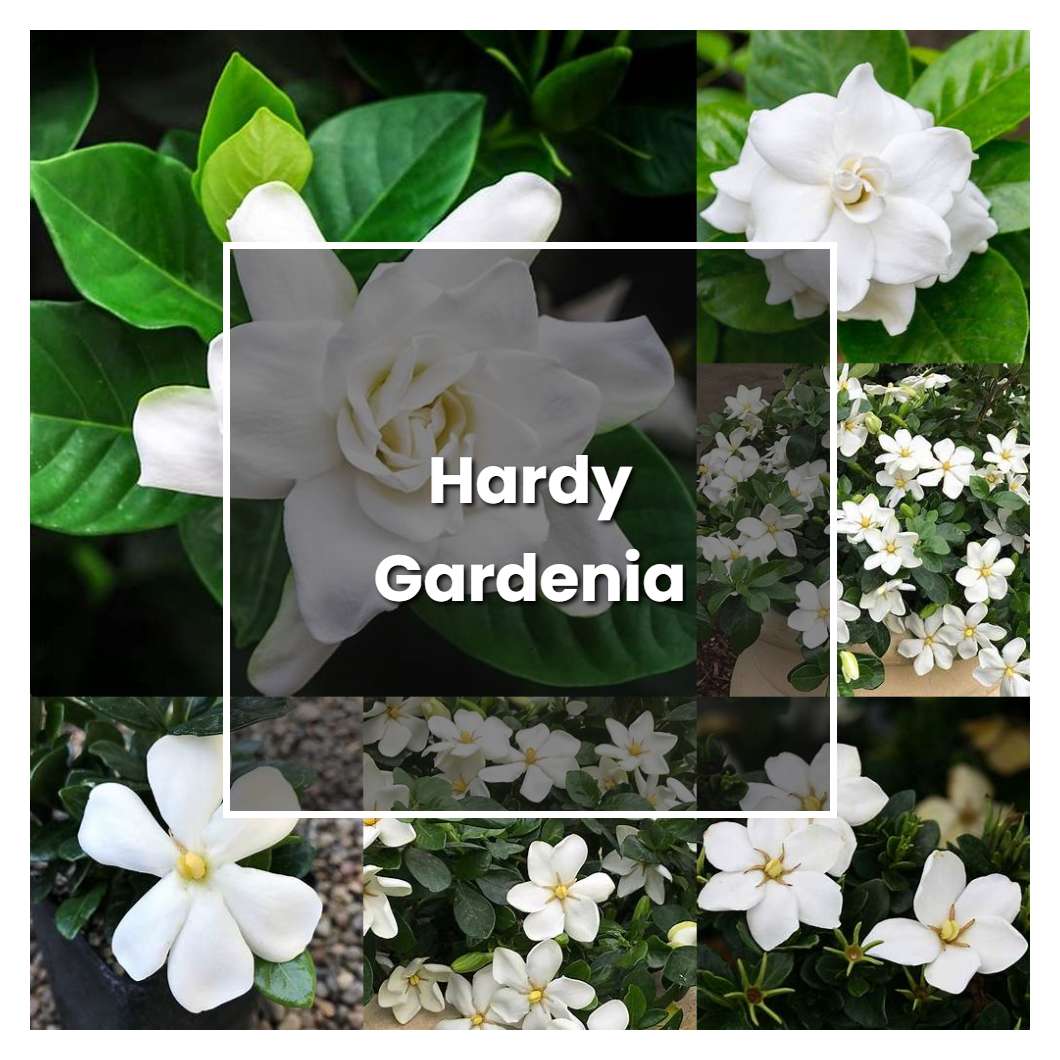Hardy gardenia is a shrub that can grow up to 10 feet tall. It has dark green leaves and large, white flowers that bloom in the summer. Hardy gardenia is native to Asia and is a popular plant in many gardens.

Related plant:
Hardy Shrubs
About soil condition, Hardy gardenias prefer humus-rich, acidic soil that is well-drained. The soil should be moist, but not soggy since this can lead to root rot. You can improve the drainage of your soil by mixing in some organic matter, such as compost, peat moss, or bark chips. If your soil is too alkaline, you can lower the pH by adding some sulfur to it.
Just like other gardenias, Hardy Gardenias (Gardenia jasminoides) require full sun to partial shade to produce the best blooms. Flowering will be reduced in shady areas. Hardy Gardenias also require acidic soil with a pH between 5.0 and 6.0.
The temperature condition that is most ideal for the Hardy Gardenia is one that is cool and humid. This plant does not do well in hot and dry conditions. It is important to keep the Hardy Gardenia in an environment that is moist and has good drainage.
Ideal humidity condition for this plant is 50-70%. Hardy gardenia can tolerate short-lived droughts and does not need much supplemental irrigation in moist conditions. However, the plant cannot tolerate waterlogged or constantly wet soils.
Regarding fertilizer, this plant does best with something that is slightly acidic. This can be in the form of Miracle Grow's Acid Loving Plant Food or something similar. As for the roots, Hardy Gardenias are not too picky. They can grow in sandy soil as well as in more clay-like soils. Just make sure the soil is well drained.
Pruning your hardy gardenia (Gardenia jasminoides) is important to encourage new growth and keep the plant compact and tidy. Pruning also helps to prevent the plant from becoming leggy and overgrown. Hardy gardenias can be pruned in late winter or early spring, before new growth begins. Use sharp, clean pruning shears to remove any dead or damaged branches. Cut back any leggy or straggly growth to encourage the plant to produce new, more compact growth.
Propagation is typically done via stem cuttings taken from Gardenia jasminoides plants in late spring. The cuttings should be 4-6 inches long and have at least two sets of leaves. Cut just below a leaf node, remove the bottom leaves, and dip the cut end in rooting hormone. Plant the cutting in a pot filled with moistened potting mix and place in a warm, humid location out of direct sunlight. Keep the soil moist but not soggy and within a few weeks, roots should form and new growth will appear. Once new growth is evident, you can transplant the Gardenia jasminoides cutting into a larger pot or into the garden.
Usually, the plant growth rate is between 24 and 36 inches per year. However, some varieties can grow up to 48 inches per year. The amount of growth depends on the variety, the age of the plant, the health of the plant, the time of year, and the amount of water and fertilizer the plant receives.
Common problems for this kind of plant plants include: lack of blooms, leaves turning yellow or brown, and stems and branches dying back. Most of these problems are caused by cultural issues, such as too much or too little water, too much or too little fertilizer, or improper pruning.
Source:
JC Raulston Arboretum - Our Plants - Search Results
Gardenia: A Gardeners Challenge - Purdue University
Hardy ATI | Higher Education Institute
